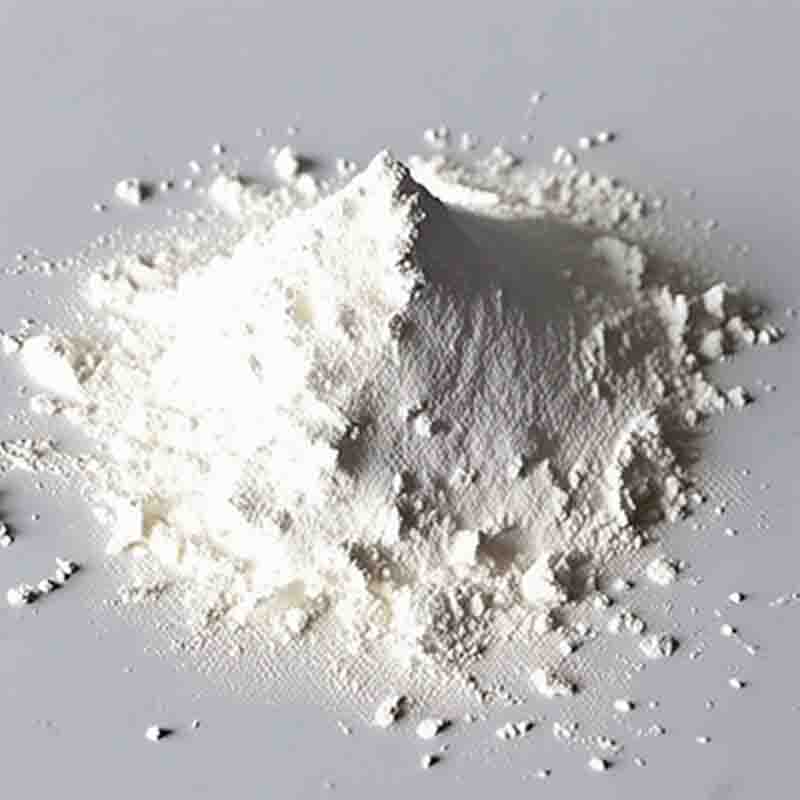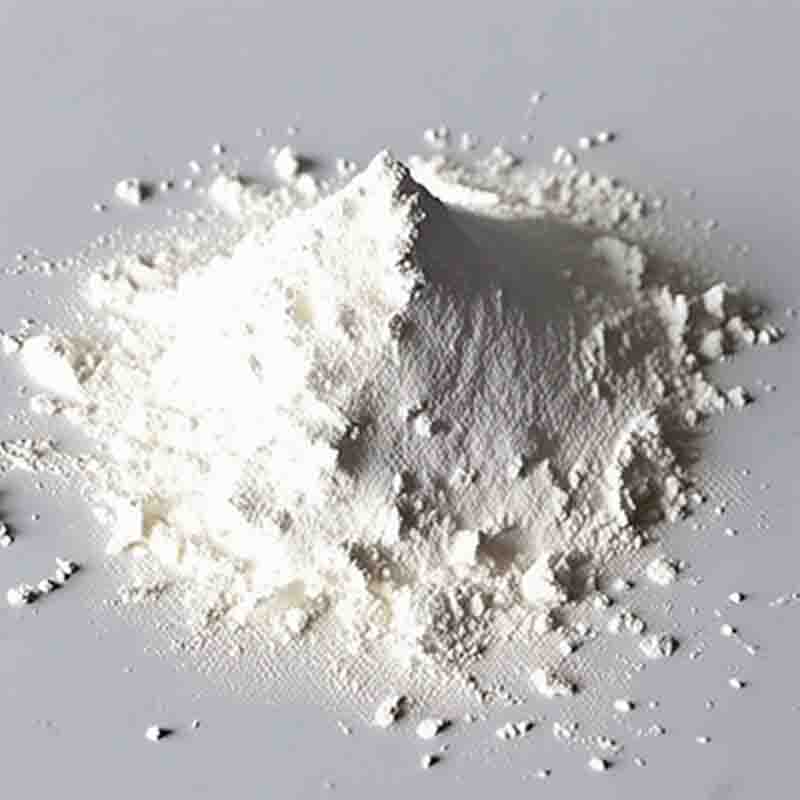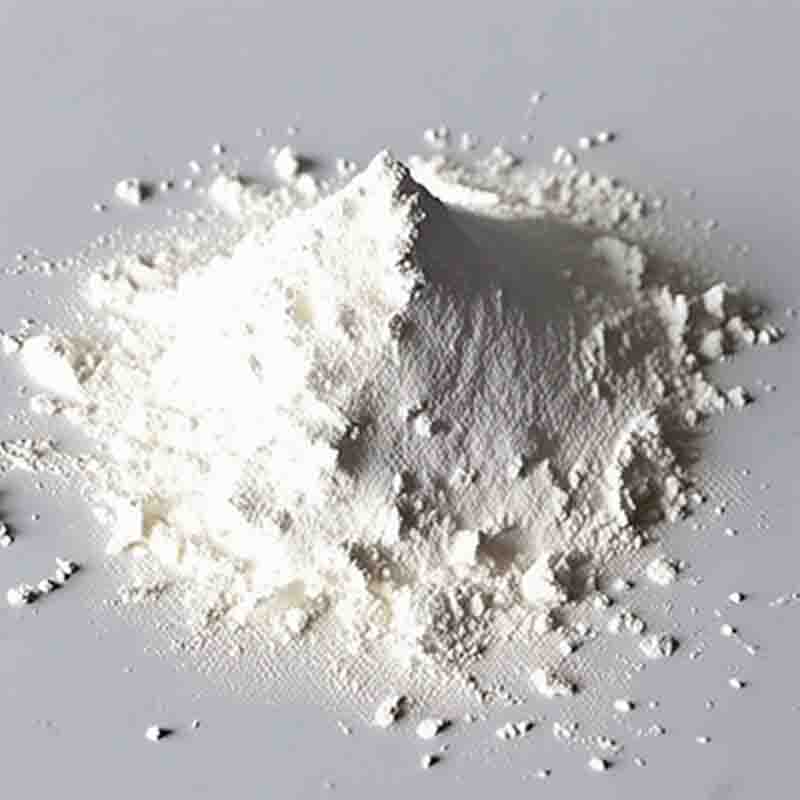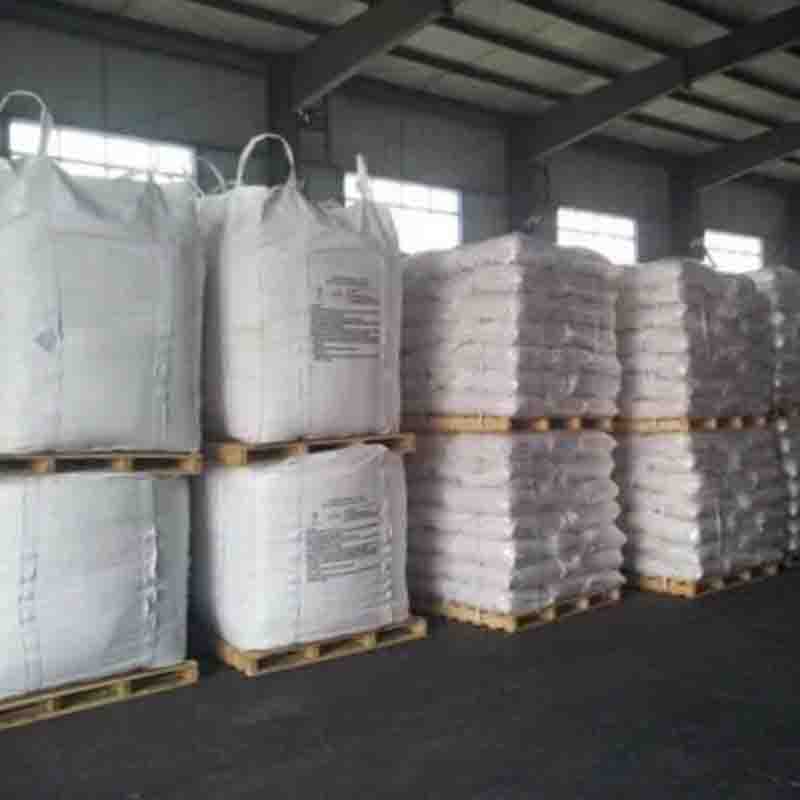3-Thiophenemalonicacid CAS:21080-92-2
| Catalog Number | XD96332 |
| Product Name | 3-Thiophenemalonicacid |
| CAS | 21080-92-2 |
| Molecular Formula | C7H6O4S |
| Molecular Weight | 186.19 |
| Storage Details | Ambient |
Product Specification
| Appearance | White powder |
| Assay | 99% min |
3-Thiophenemalonicacid is a chemical compound that has been found to have various effects on the body. It is a derivative of malonic acid and contains a thiophene ring structure. This compound has been studied for its potential therapeutic applications in the treatment of various diseases.
One of the most significant effects of 3-Thiophenemalonicacid is its ability to act as an antioxidant. This compound has been shown to have a potent antioxidant activity, which means that it can help to protect the body from oxidative stress. Oxidative stress is a condition that occurs when there is an imbalance between the production of reactive oxygen species (ROS) and the body's ability to detoxify them. This imbalance can lead to damage to cells, tissues, and organs, which can contribute to the development of various diseases, including cancer, diabetes, and cardiovascular disease.
In addition to its antioxidant activity, 3-Thiophenemalonicacid has also been found to have anti-inflammatory properties. Inflammation is a natural response of the body to injury or infection, but when it becomes chronic, it can contribute to the development of various diseases, including arthritis, asthma, and inflammatory bowel disease. By reducing inflammation, this compound may help to alleviate the symptoms of these conditions and improve overall health.
Another potential application of 3-Thiophenemalonicacid is in the treatment of cancer. This compound has been shown to have anticancer activity, which means that it can help to inhibit the growth and spread of cancer cells. It does this by inducing apoptosis, or programmed cell death, in cancer cells, which can help to prevent the formation of tumors.
Overall, 3-Thiophenemalonicacid is a promising compound with a range of potential therapeutic applications. Its antioxidant, anti-inflammatory, and anticancer properties make it an exciting area of research for the development of new treatments for various diseases. However, further studies are needed to fully understand its effects on the body and its potential as a therapeutic agent.


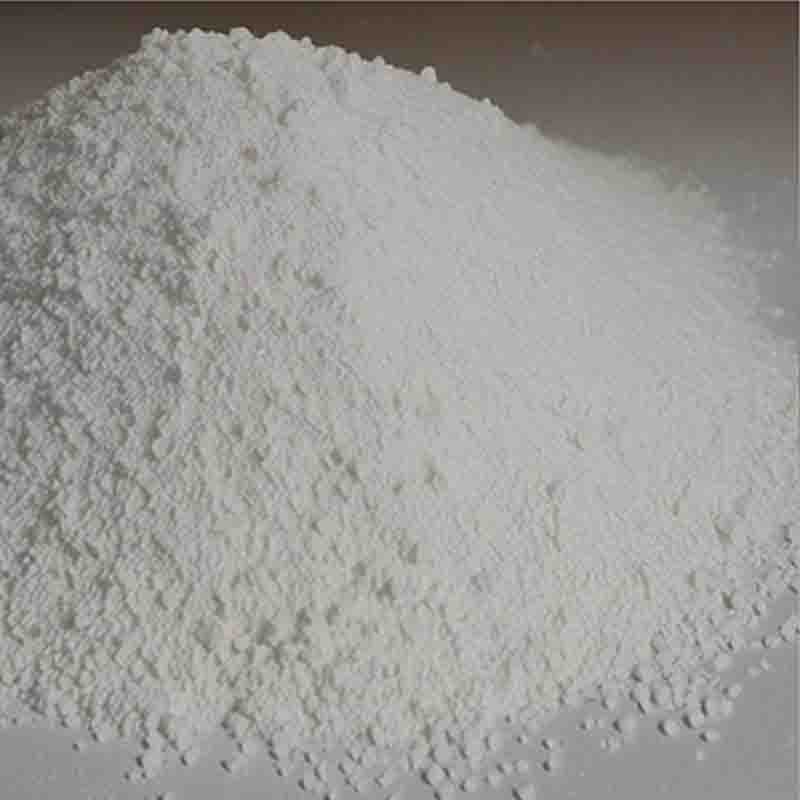

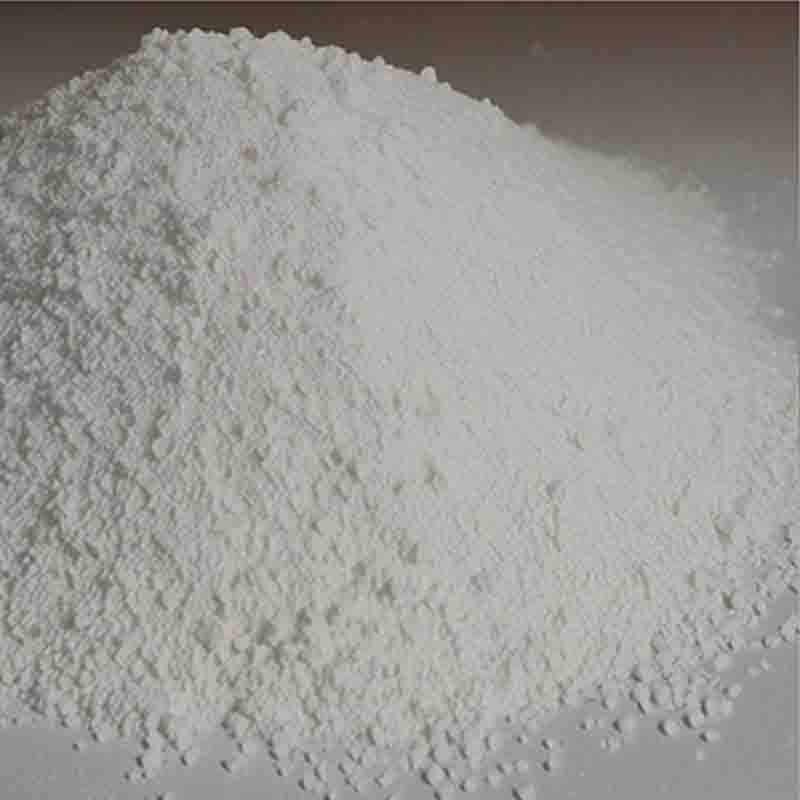
![N-[1-(S)-Ethoxycarbonyl-3-phenylpropyl]-L-alanine CAS:82717-96-2](https://cdn.globalso.com/xdbiochems/白色粉末21587.jpg)
